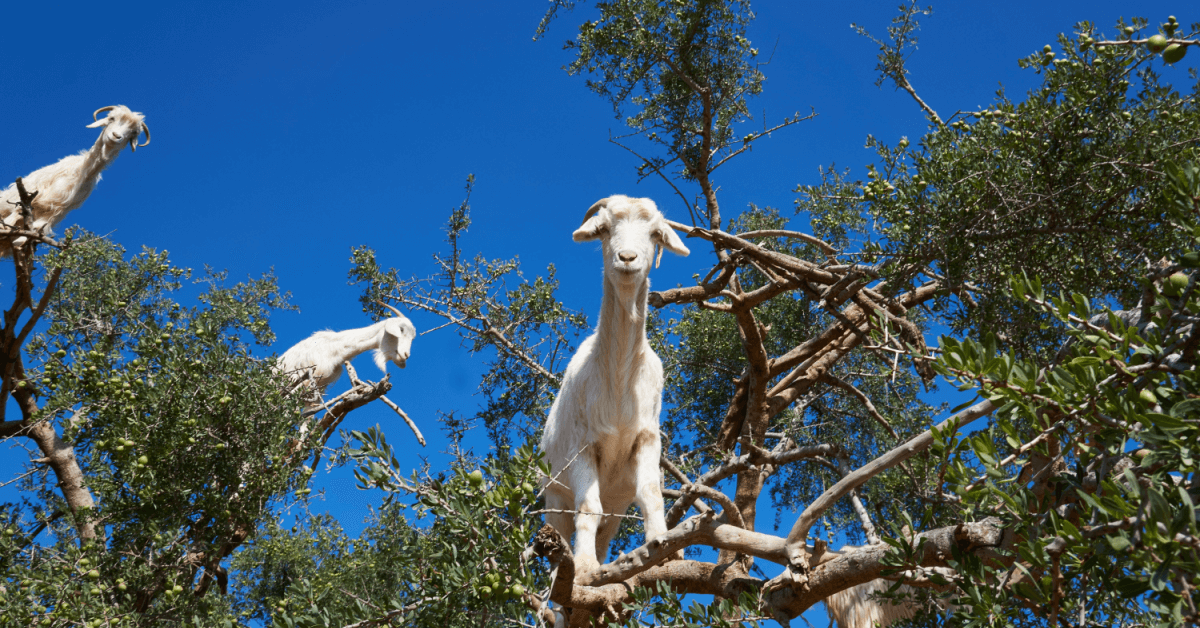July 27, 2023
Empathy is a crucial aspect of our relationship with the living world. “True empathy is not self-focused but other-oriented. Instead of making humanity the measure of all things, we need to evaluate other species by what they are.” (Waal, 2017, p. 274). In elementary schools, we often use stories that describe situations where animals are substituted for humans to illustrate human behaviors and values. Most children and many adults are fascinated by animals; however, there is a disconnect between this fascination and taking action to protect them. Josie Messeter, author of Animals Around The Globe, suggests that the decline in our planet’s biodiversity could mean that ten endangered animals may not survive 2023. These include tigers (threatened habitats), leatherback turtles (through fishing), orangutans (forest degradation), the Amur leopard, Irrawaddy dolphin, and the Addax, a white antelope (oil exploration and unauthorized hunting). It is easy to forget that we humans, largely responsible for this decline, are animals too. On whose terms do we value our relationship with the animals around us? Why is the lens we approach the living world important for not only understanding it but also for ourselves?
Our fascination with animals can clearly be…

